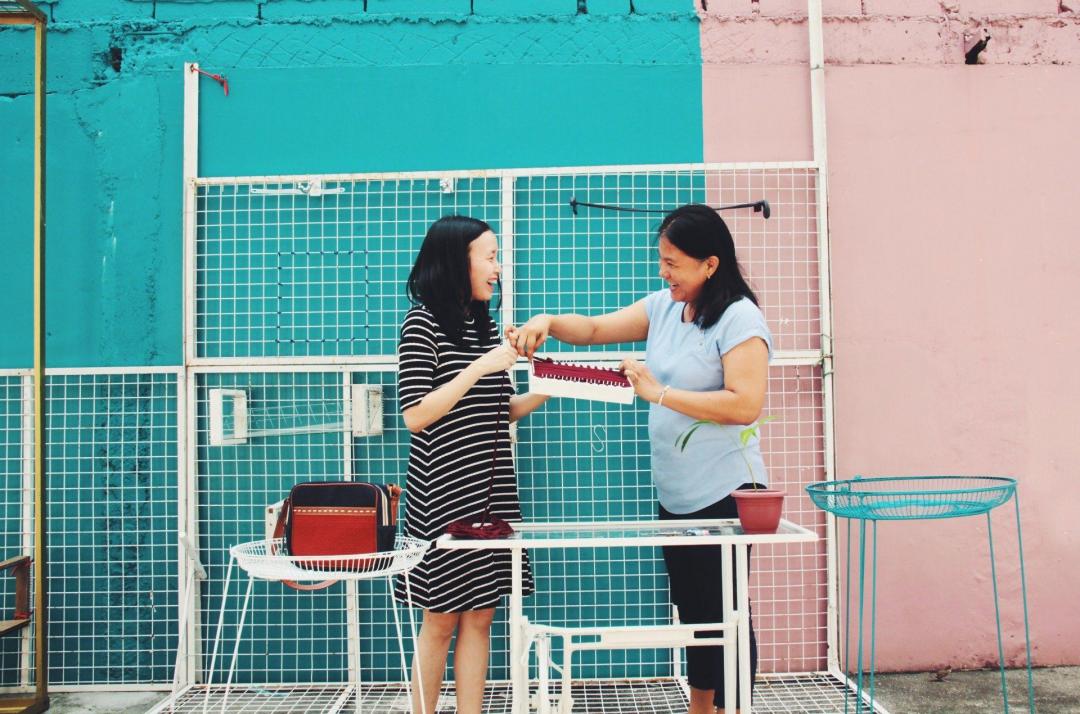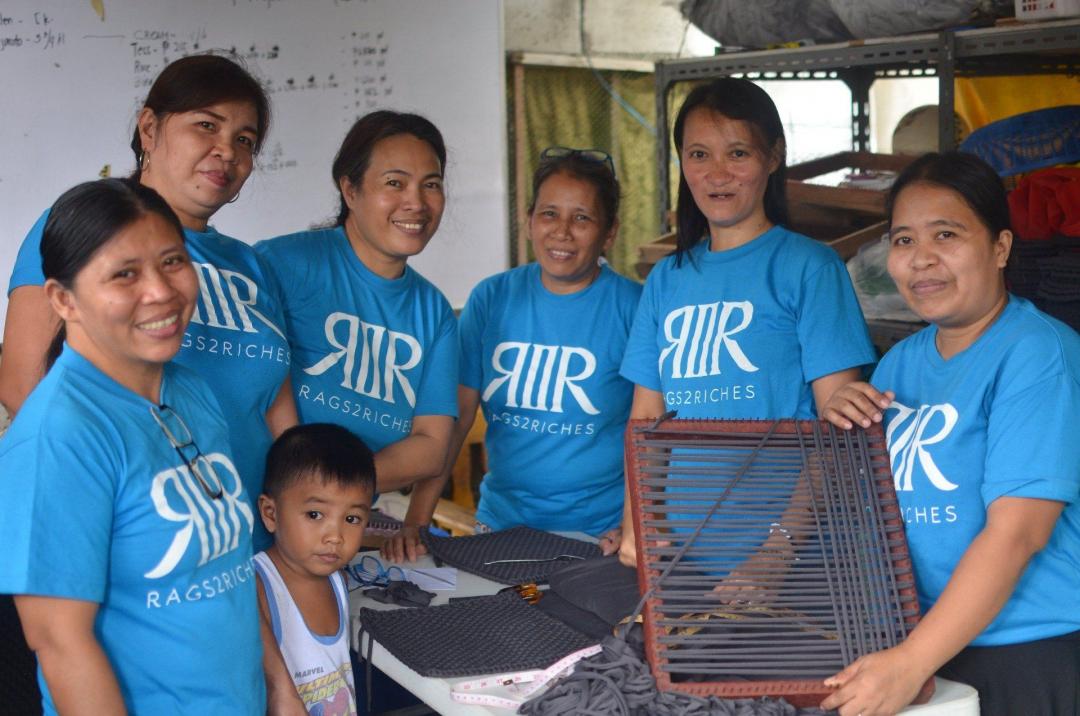Choosing the right type of funding to make a lasting impact on female artisans
Rags2Riches is an end-to-end inclusive business which provides livelihoods for women artisans who create fashion from leftover materials, or “rags.” Why did you decide to mostly employ women artisans?
It was very incidental that we worked with women because most of the artisans were women when we started. They were mostly stay-at-home parents. Many are self-starters and have very supportive families. Some, however, were victims of domestic violence and for them, Rags2Riches was able to provide some economic power to help them leave the abusers.
Which challenges did you face in obtaining funding for Rags2Riches and how did you overcome them?
In the beginning, we got a lot of media attention and many people wanted to support us. The challenges were to decide on what type of funding would match our needs at the time and to understand the kind of responsibilities each funding type would entail in the future. There was also the question of whether we needed the funding to begin with, or if we would bootstrap everything. We did not understand it and made many mistakes around funding. We had a lot of money, but we were not sustainable.
When starting, we needed investors and partners who shared the same values and who were going towards the same direction with us. We are a social enterprise with a mission, and it was not very clear at the outset what kind of business it would form in the future because we were still evolving. It was therefore critical that our partners understood that things could change.
Now, we don’t fundraise anymore, because if you do it so often, it’s either you are funding your losses, or you’re not that sustainable, or you’re expanding too much, depending on the type of business model you have. As we provide livelihoods, we can only scale up to a certain extent.
Do you feel that being a woman made a difference in trying to access finance for your business? Do you think that potential investors asked you any different questions as a woman?
I don’t know if there’s a difference, but in the Philippines, it’s generally accepted and even celebrated when women are entrepreneurs. All of our partners that we worked with, including the ones from other countries, are very respectful and cognizant of the culture and of sexism that could be present in startups. I have never experienced it myself, but I do hear about it at times. For example, I have heard that some women founders are asked questions such as “What would you do if you have kids?” or “Who would take care of the children?” I’m sure the men never get these questions. We women have to go the extra mile to prove our worth. Although it is not my first-hand experience, just the mere fact that there are people whom I know who have had such experiences means that we still have a long way to go.

Your inclusive business model also includes a savings and micro-insurance program. Why did you decide it was important to help your creative producers manage their money?
The key is in the word “inclusive.” It was not enough to just provide additional income for the community artisans, because it does not translate into better quality of life. We therefore discussed and decided on many things together with our artisans before introducing the tools. It was a very collaborative effort.
There are so many things you can learn just by listening to the community artisans and really understanding where they come from and what they need for the future. More often than not, they know what they want. They want their kids to graduate from school. They want quality homes to rely on, especially during calamities. They want social safety. However, they don’t know how to get there because many tools and opportunities don’t reach them anymore. That’s why it was crucial for us not to impose a solution but to understand the problems and have an open conversation with the artisans, so that we could all get to the solution together. We introduced existing tools and helped them along the way because not all of these tools are designed for community artisans or for people from urban poor areas.
In the beginning, we did our scoping study on the needs of community artisans. Because we are not experts in financial literacy or savings and micro-insurance, we looked for partners and worked with the best in the industry to find the opportunities for our artisans. We also partnered with banking associations and the Central Bank of the Philippines.
You also founded a producers’ cooperative in Payatas with a board so that women artisans have a say in decision-making processes. How important is this part of your inclusive business model and do you intend to develop more cooperatives?
This is an example of how we thought we knew everything but actually didn’t. We decided to have the cooperative so that the community artisans could make decisions as a collective, but it failed miserably. Because it was not organized by the community artisans themselves, there were a lot of politicking and problems. We ended up abandoning the idea for a while although it looked great on paper. We now have board members in rotation and have had an artisan in our management team for the past 13 years to protect the artisans’ interests, not just at the board level but also at the operational level, where things happen. In addition, each community elects its own representative and is organized in the way the artisans want to be organized.
We are also trying to introduce stocks and shares to the artisans. How it will work out depends on our discussion with the community artisans. The cooperative structure and system are still effective for many industries and communities, but moving forward, if ever we’ll explore this, we would approach it very differently. It was an expensive and time-consuming lesson for us.
What recommendations can you give to other female founders and entrepreneurs who are focused on scaling and funding their inclusive businesses?
You have to understand what kind of inclusive business you have to determine the types of funding and scale you need for the future. Many entrepreneurs are pressured into scaling without really understanding what it looks like for their business model. For example, if you are distributing solar lights or vaccinations, the numbers matter to you. You touch one life and that’s it, you have fulfilled a big part of your mission. If you, on the other hand, provide livelihoods, measuring your scale according to the number of people you have reached is a misleading indicator. You could provide 100,000 jobs to people in a year but for only one hour each, which does not mean so much. 100,000 is an impressive number, but it is out of context. Therefore, you need to understand your business model and what scale means. Ask yourself “Is it about big numbers or is it about the depth of impact?”
